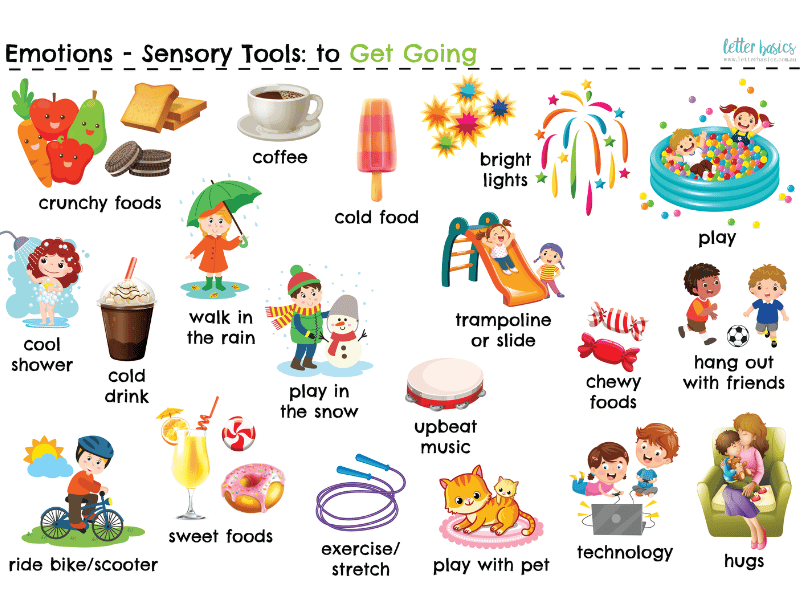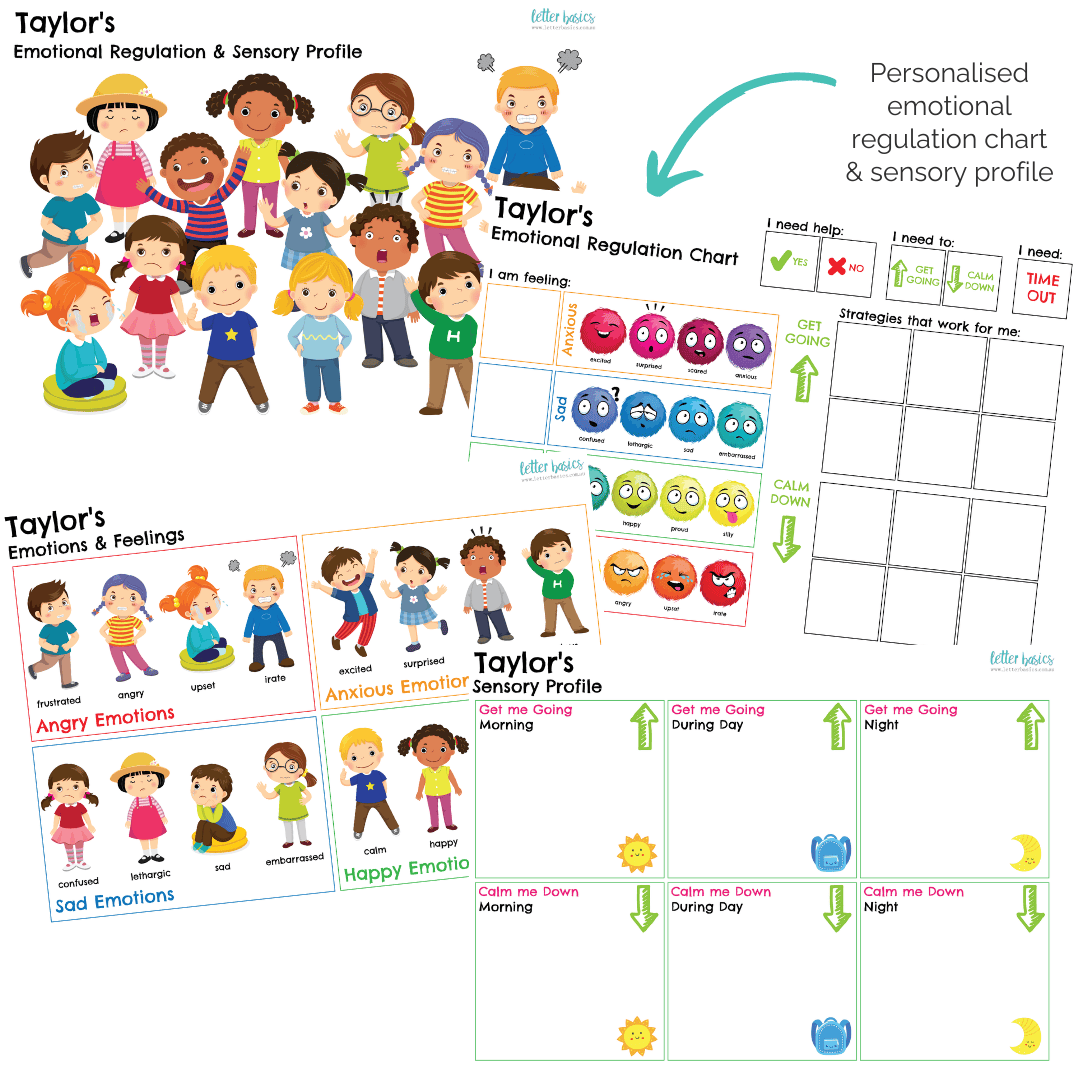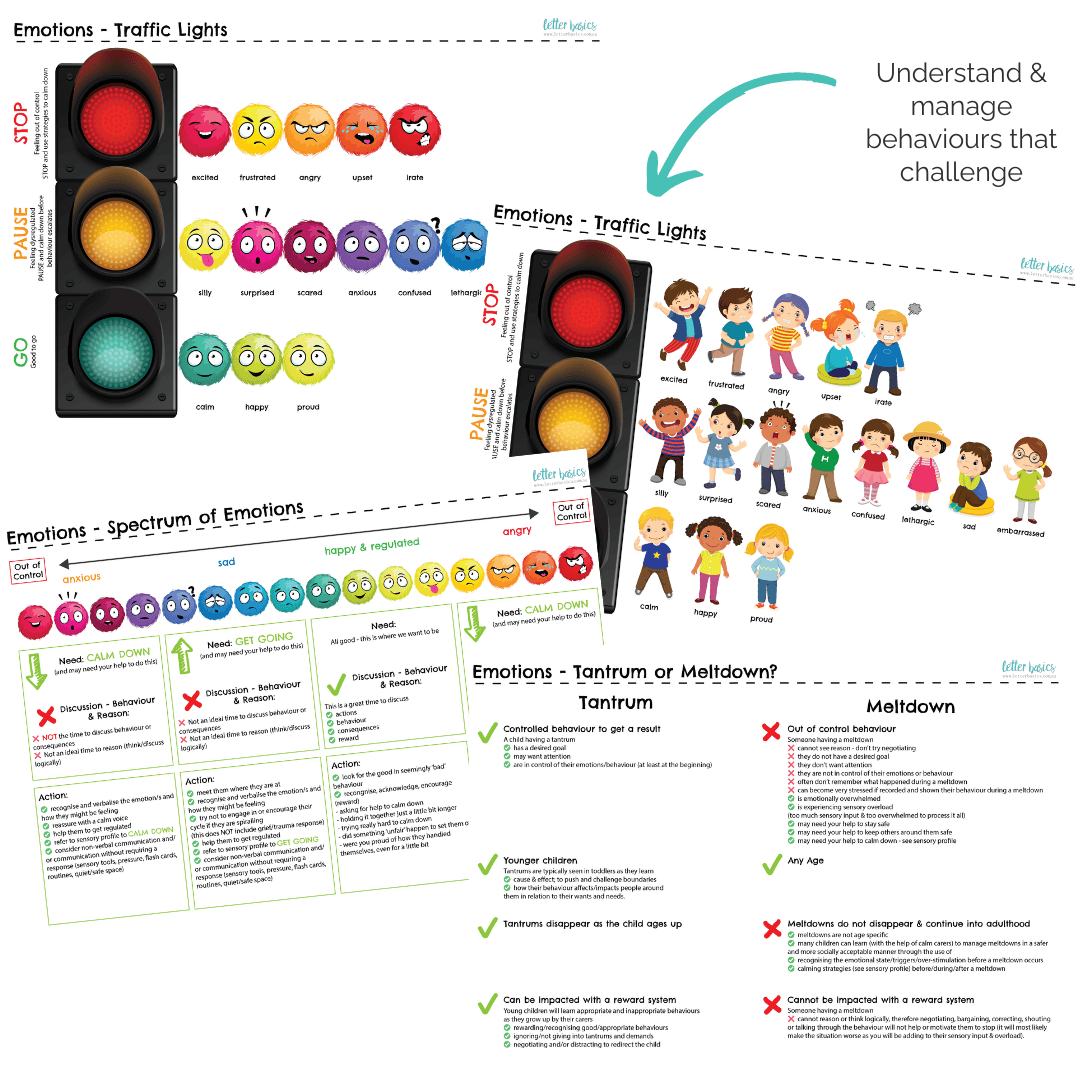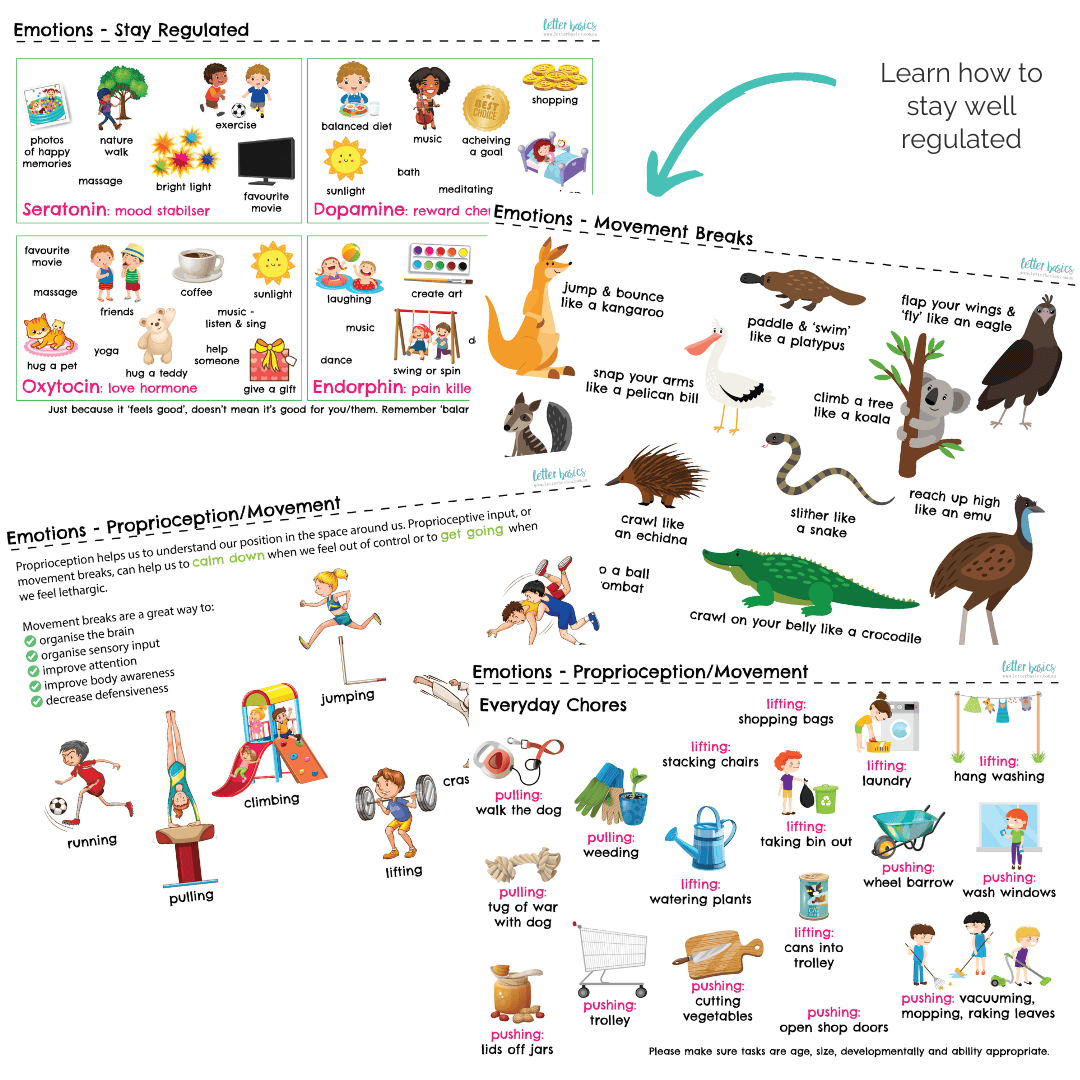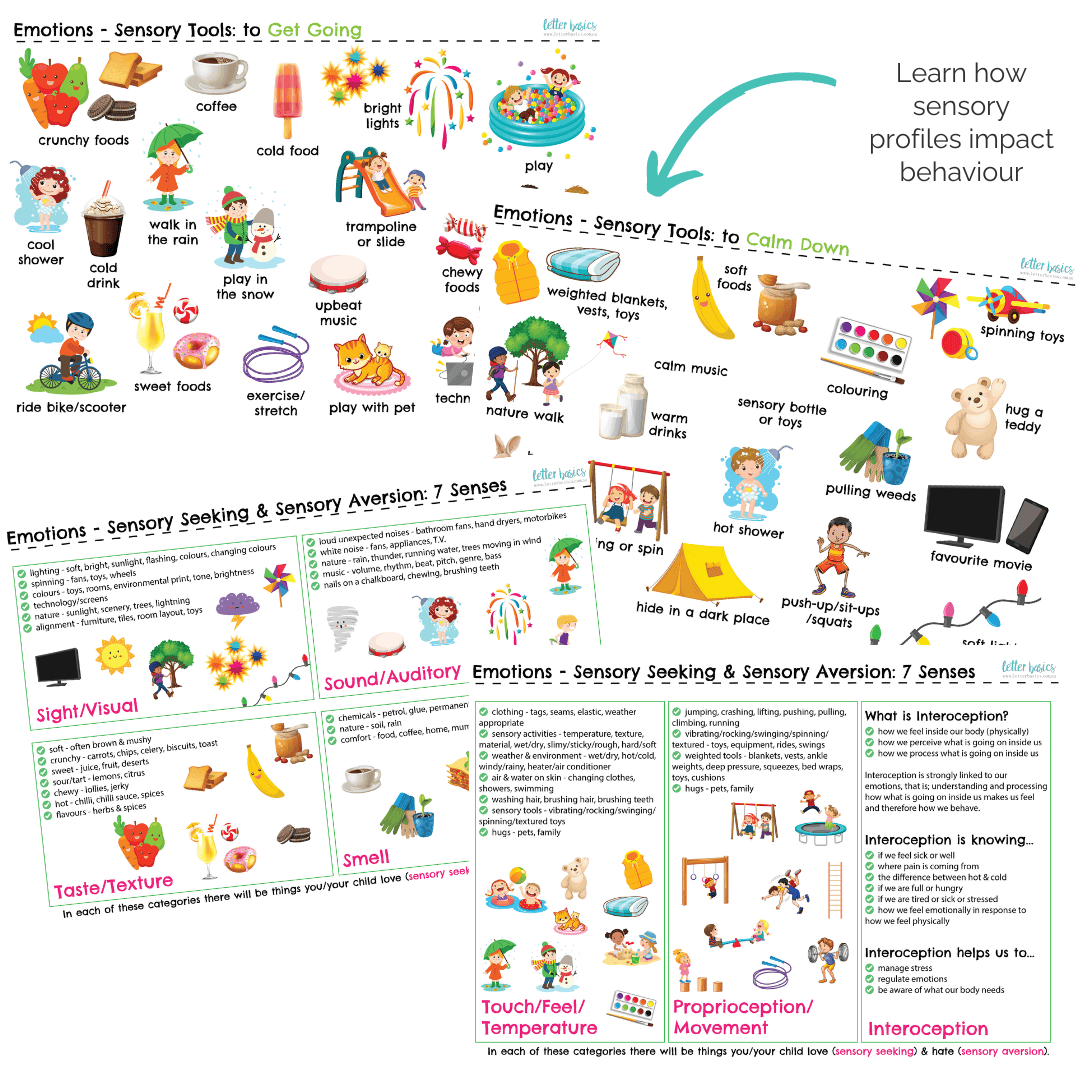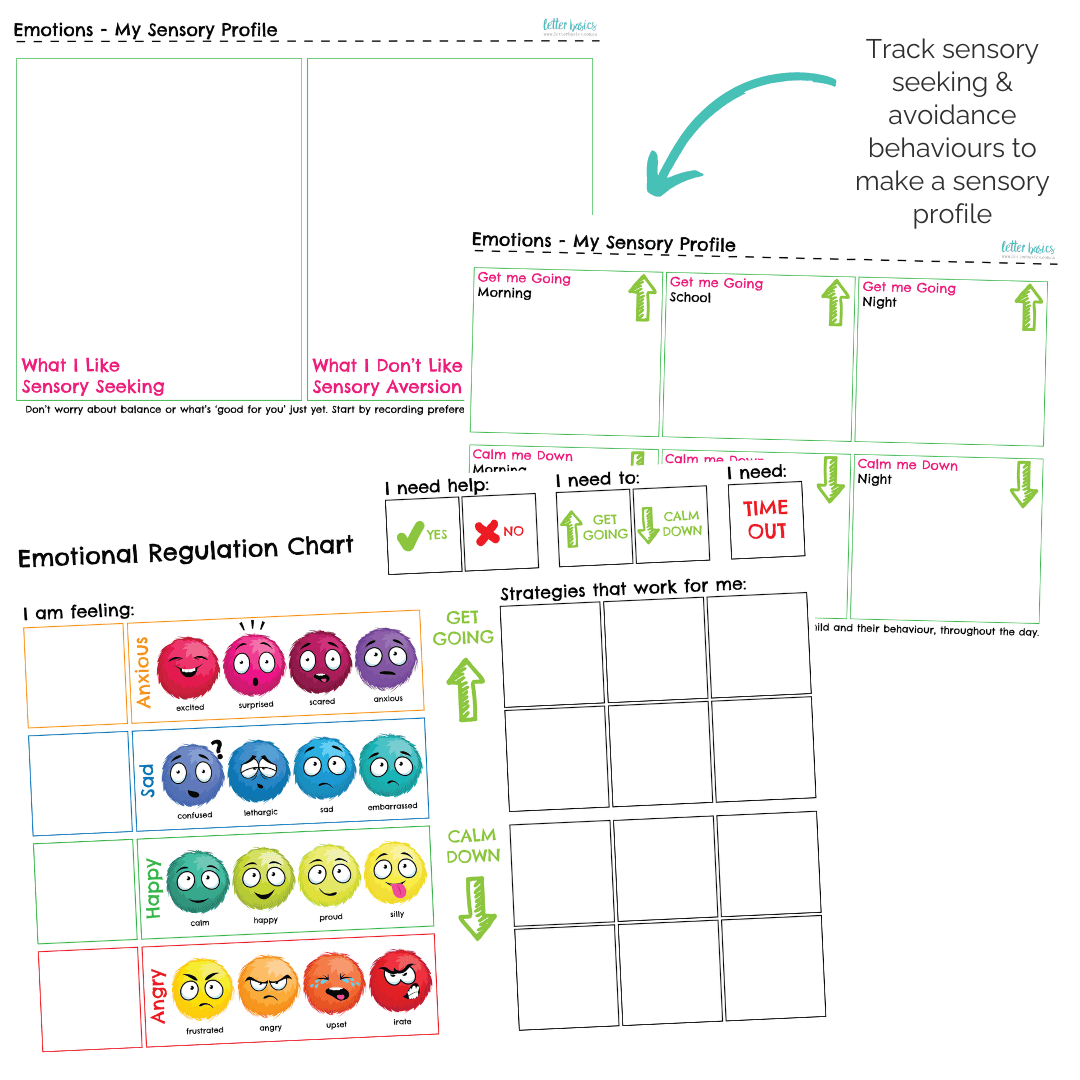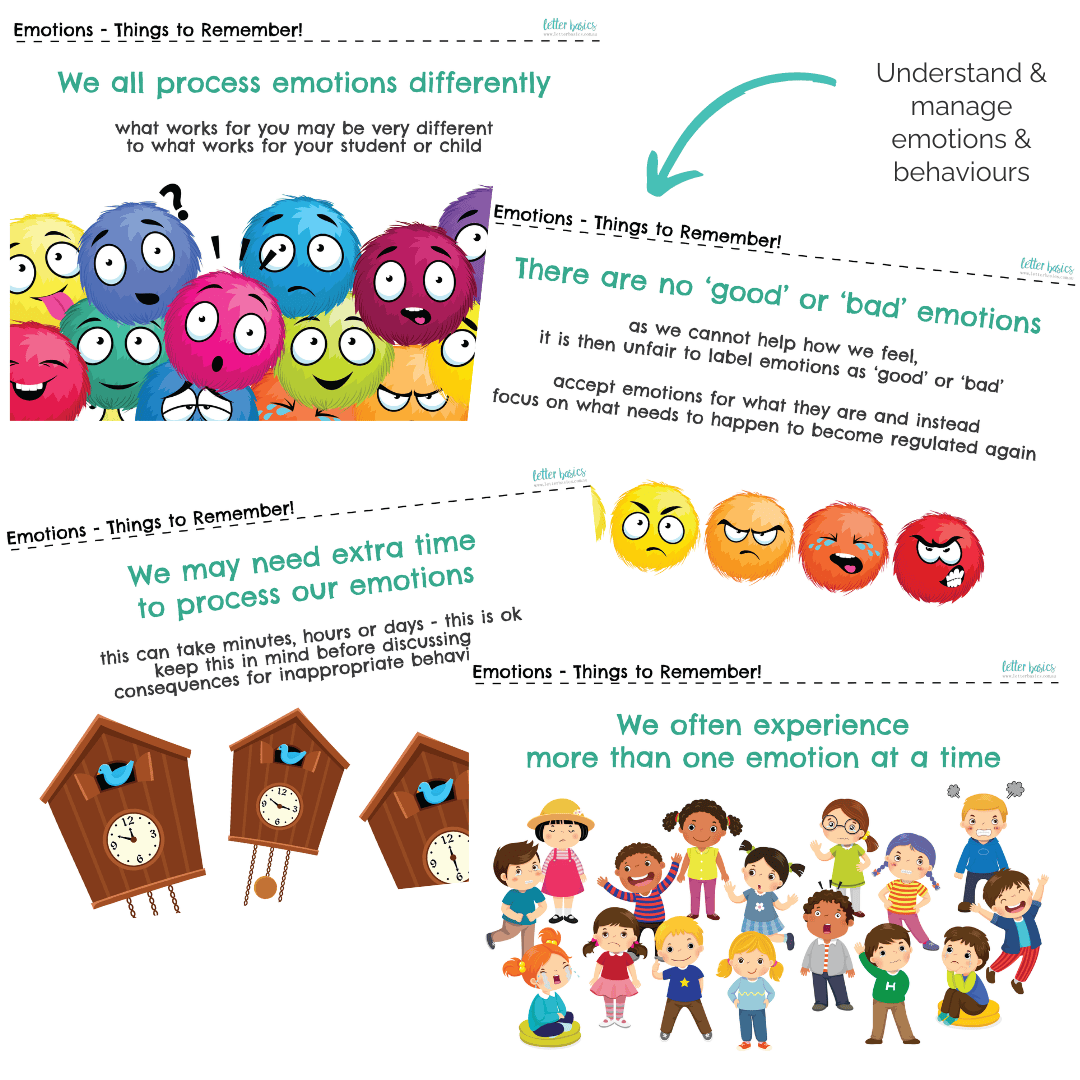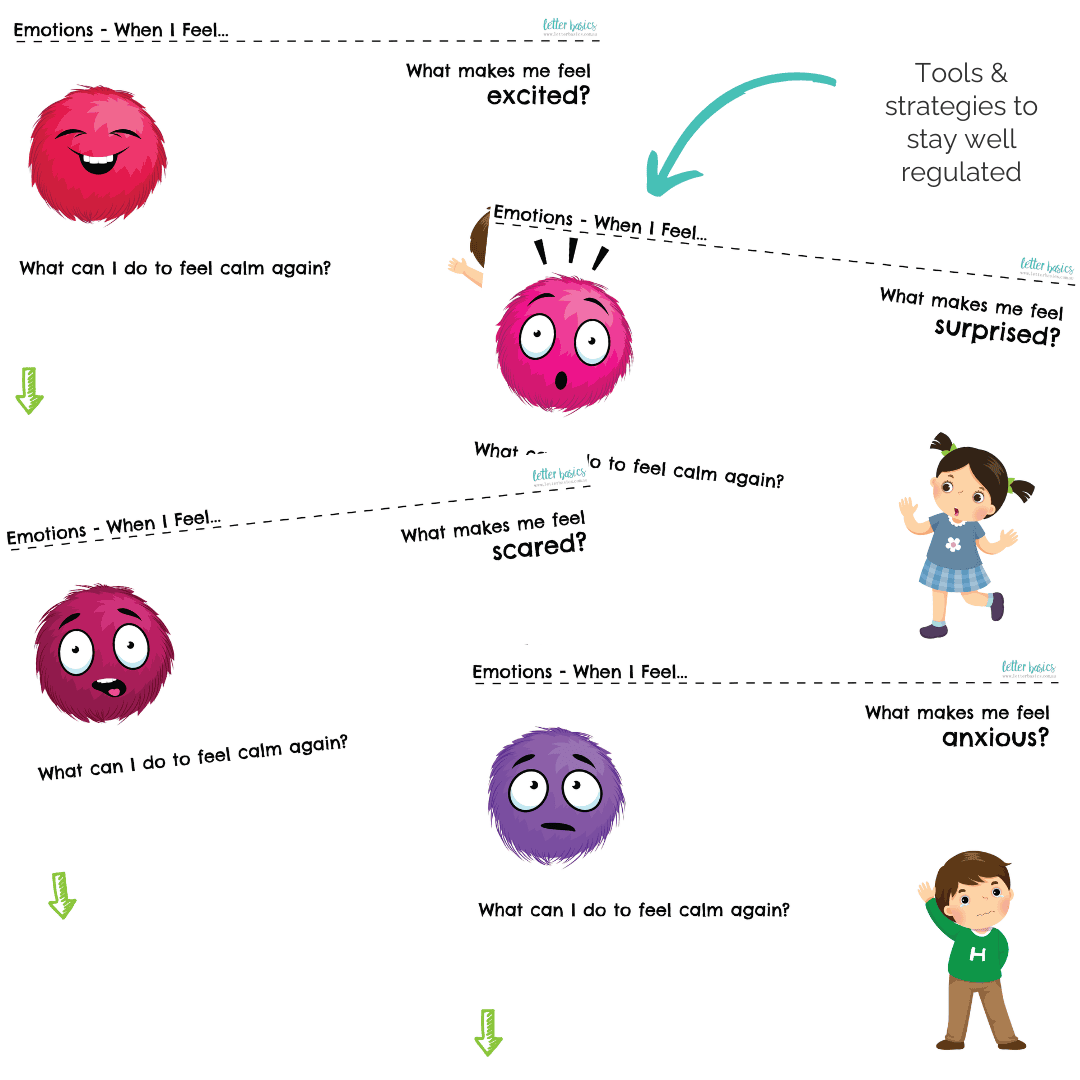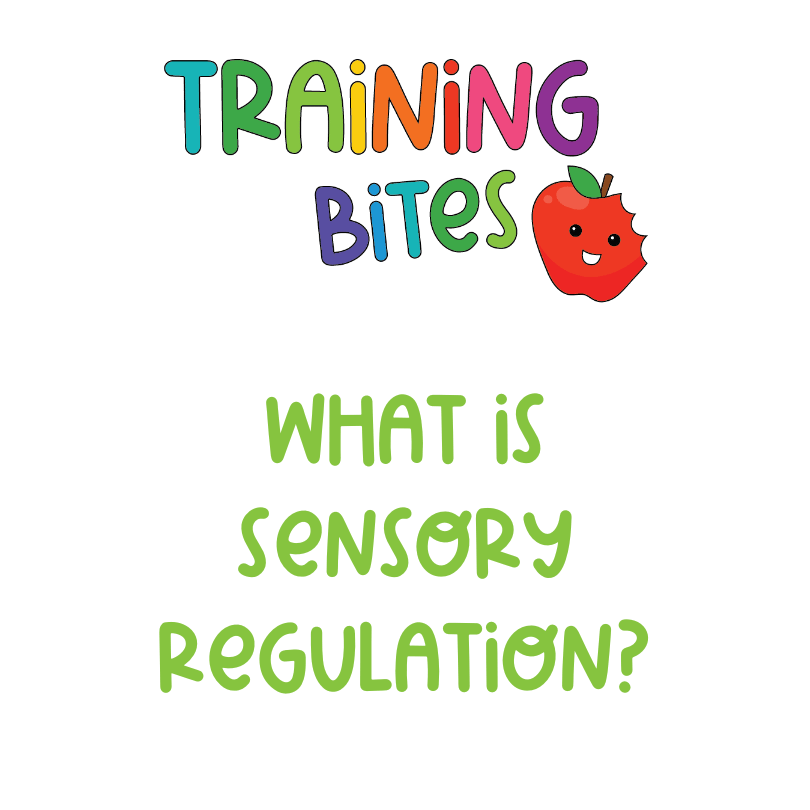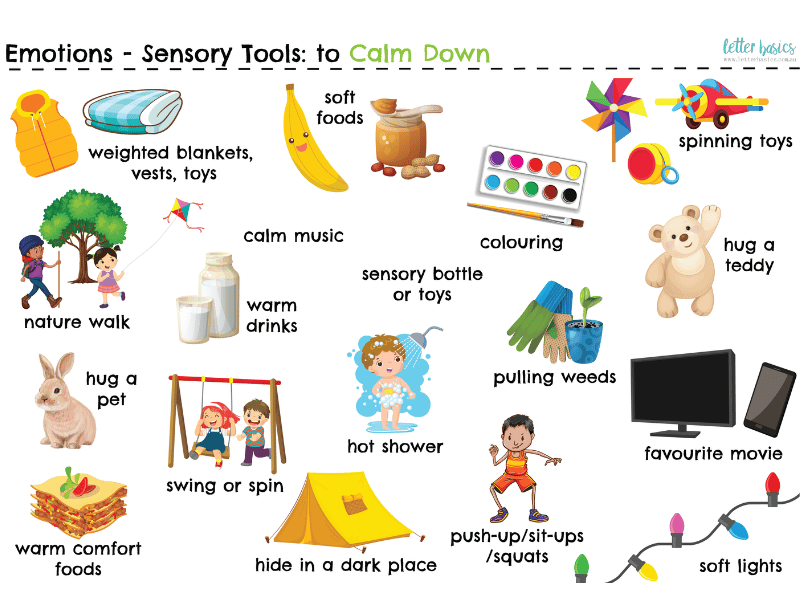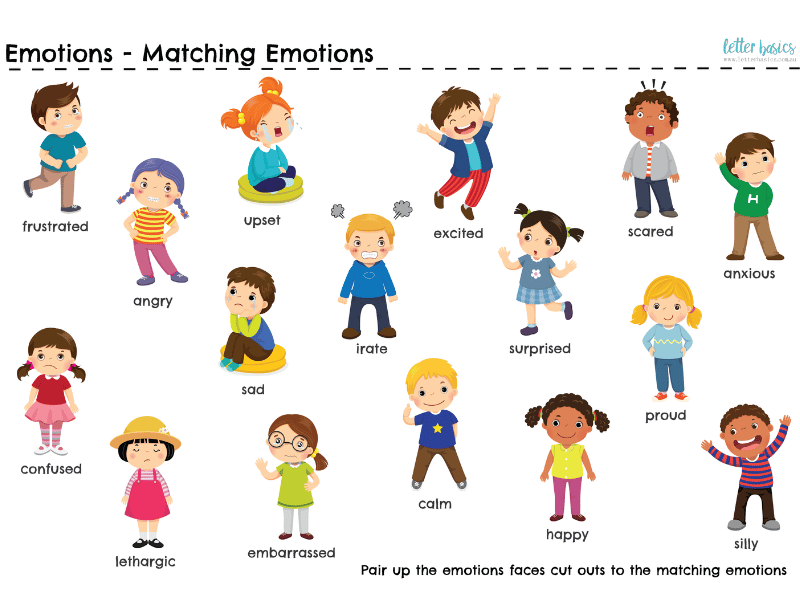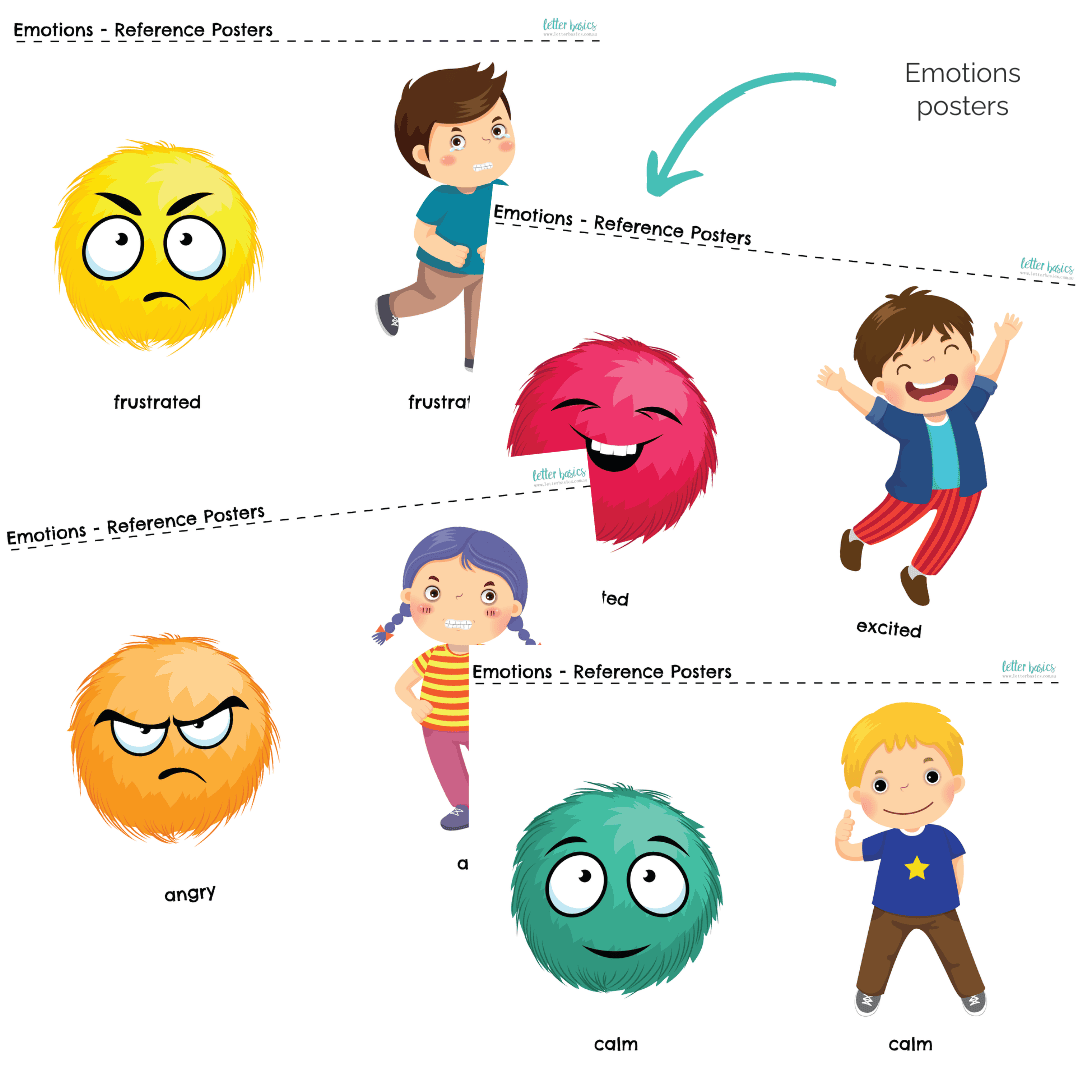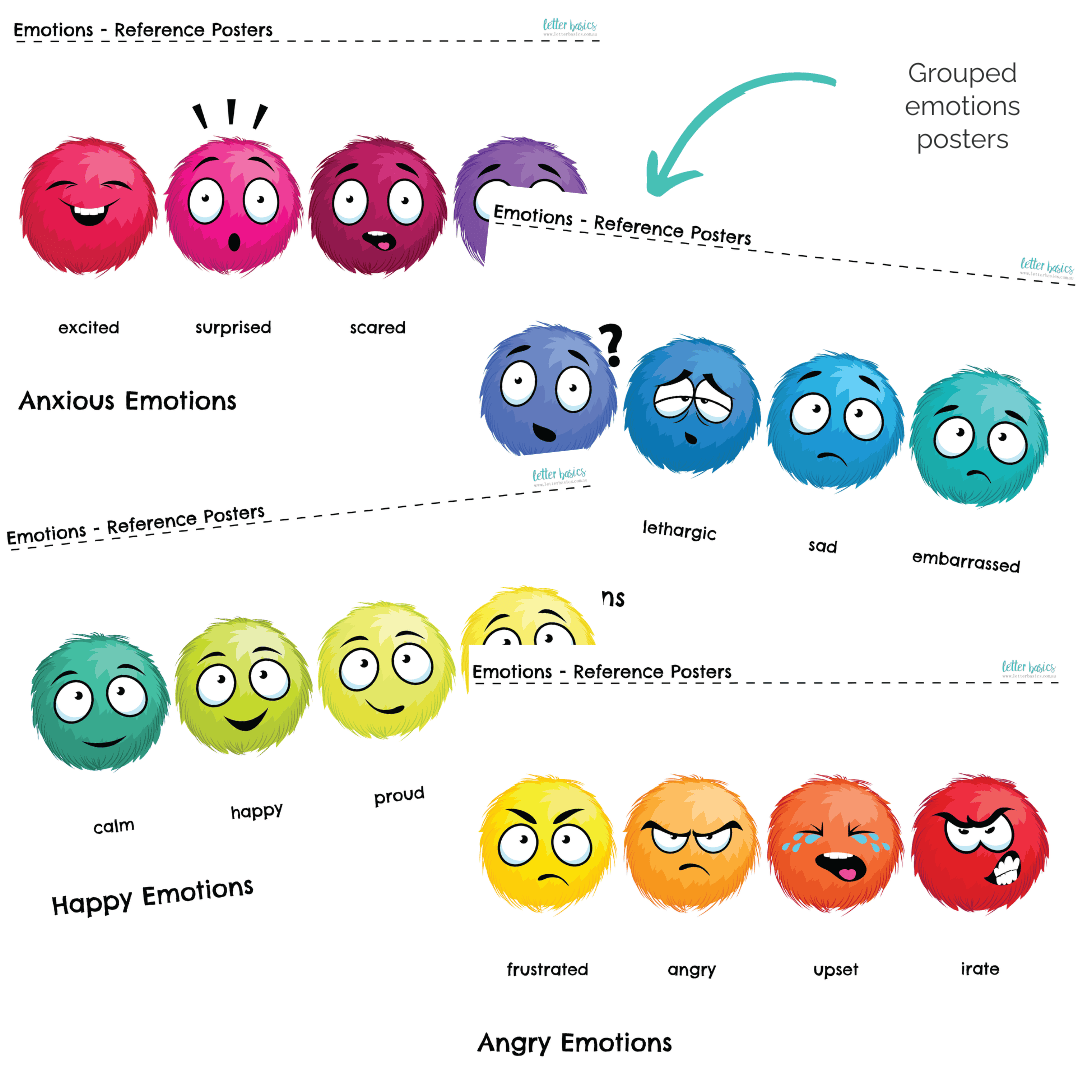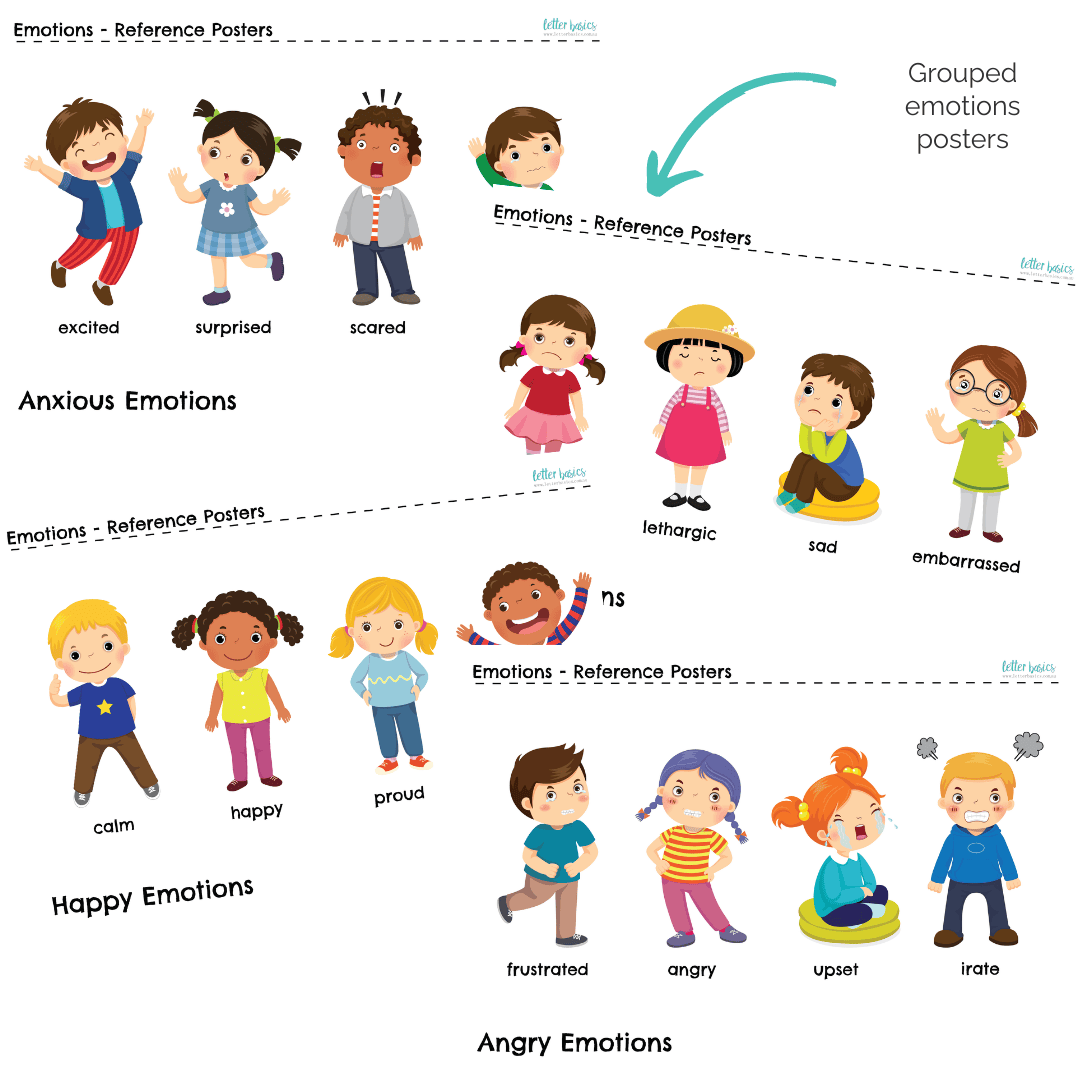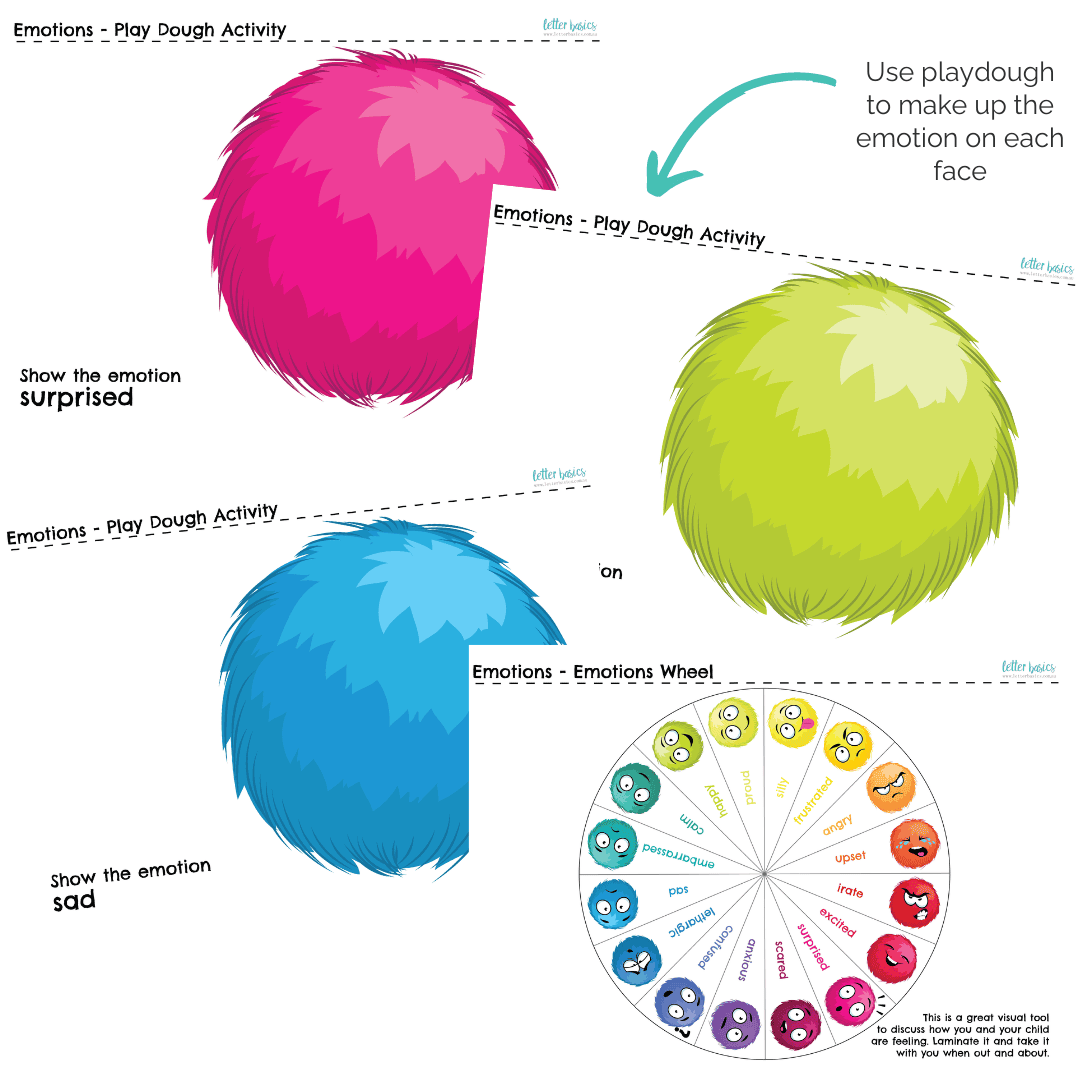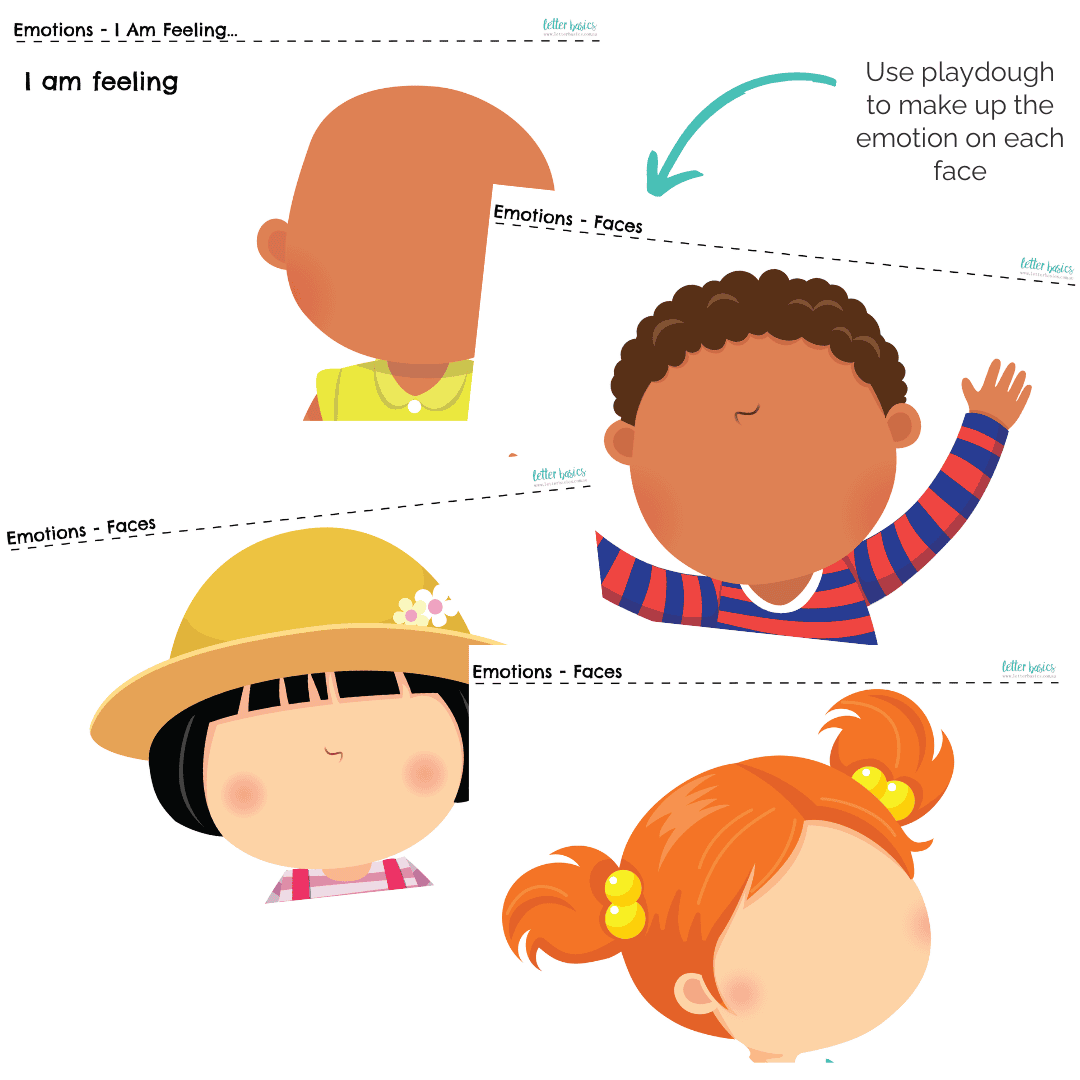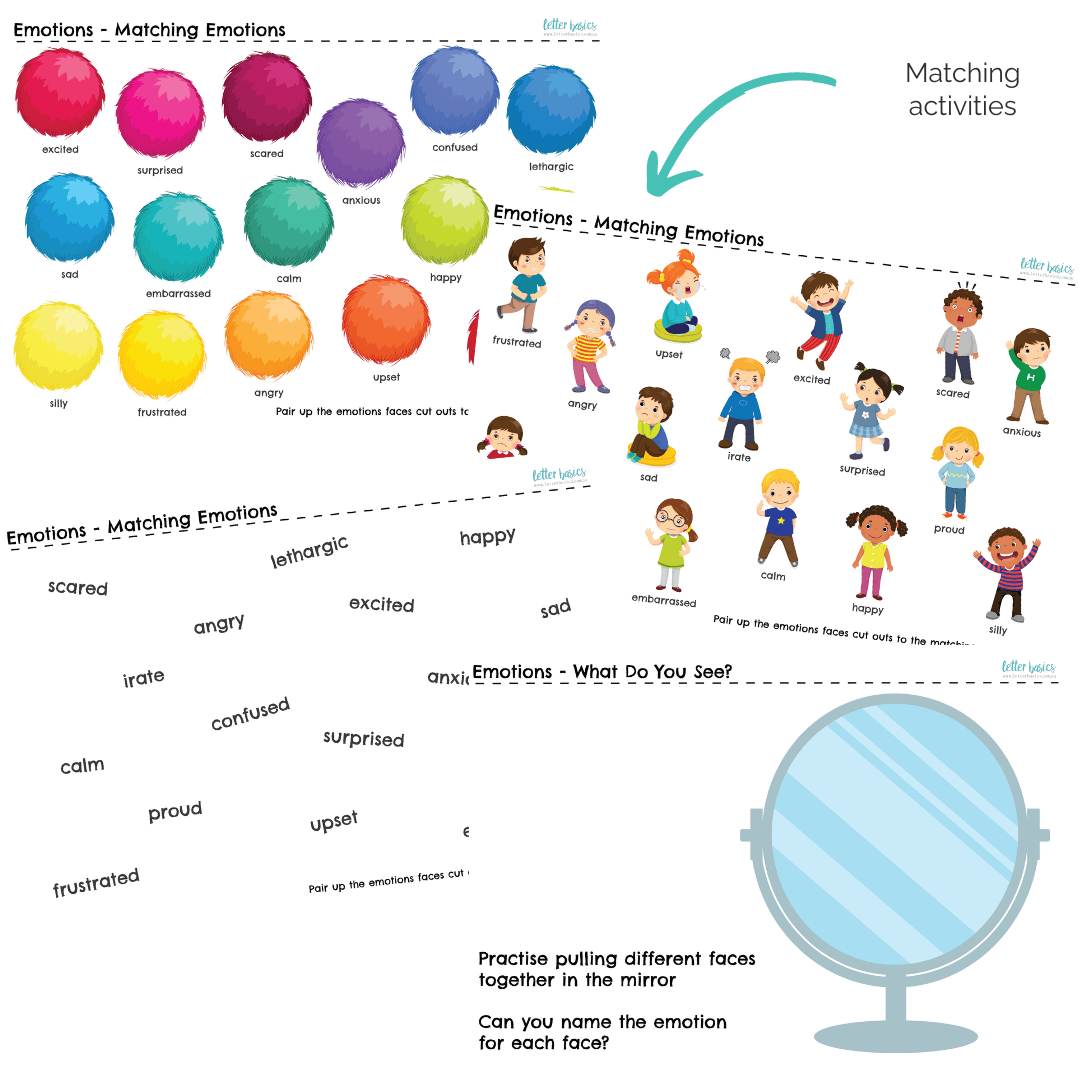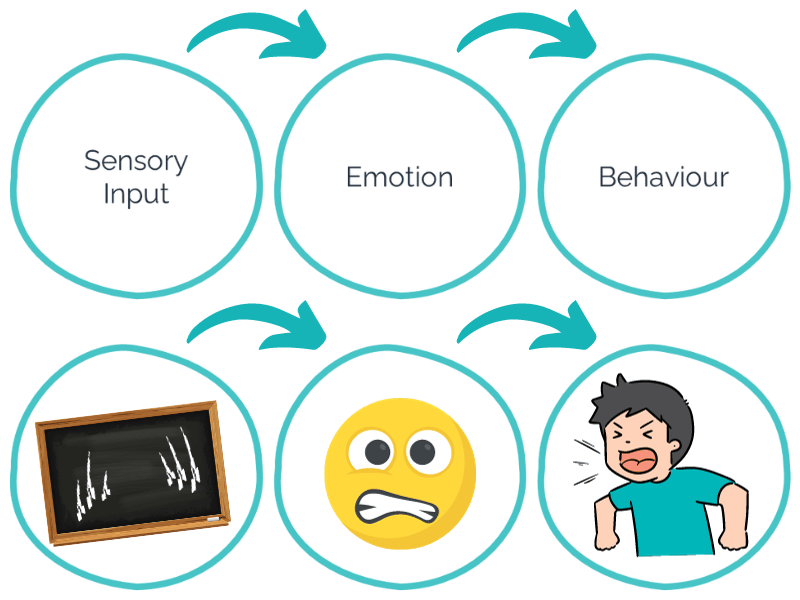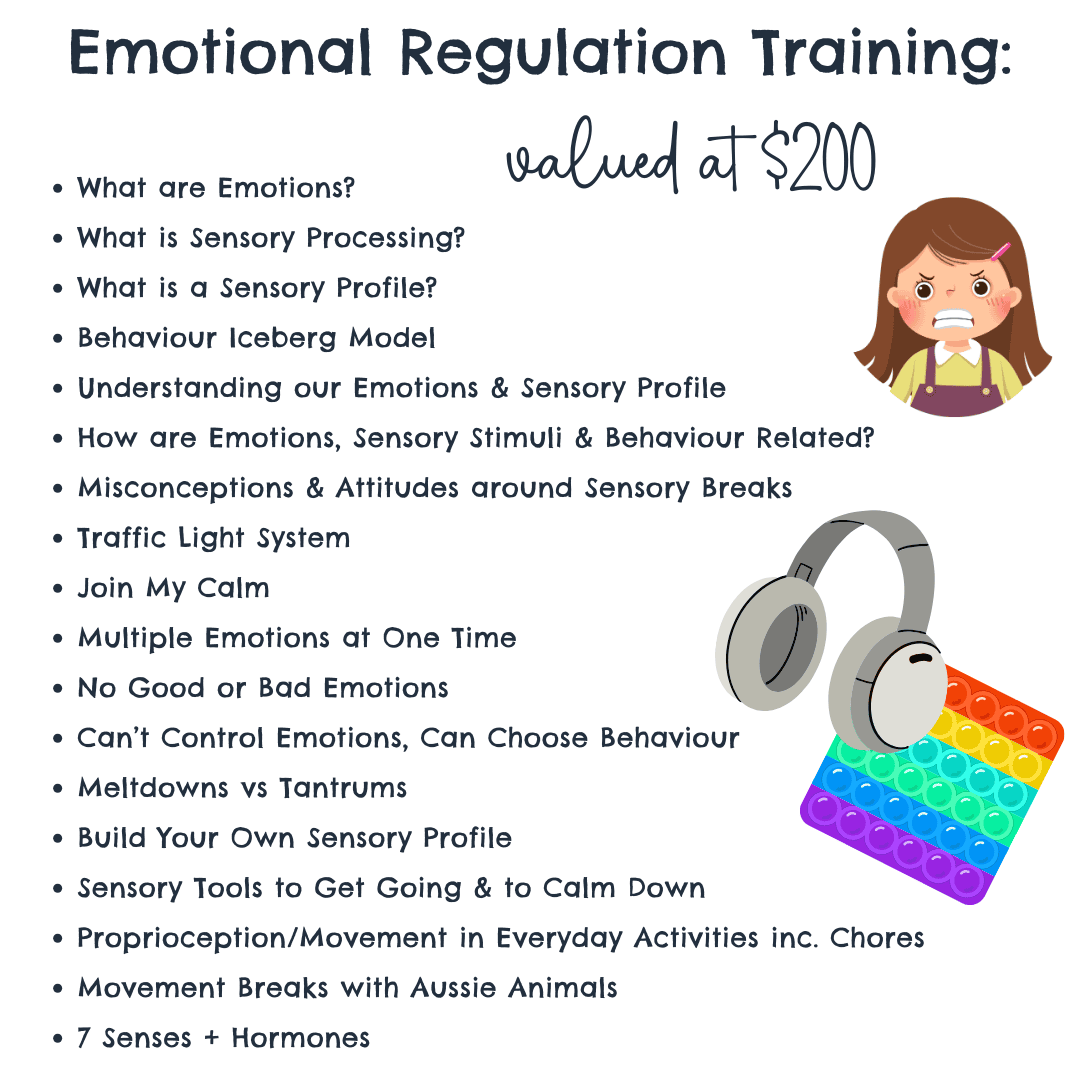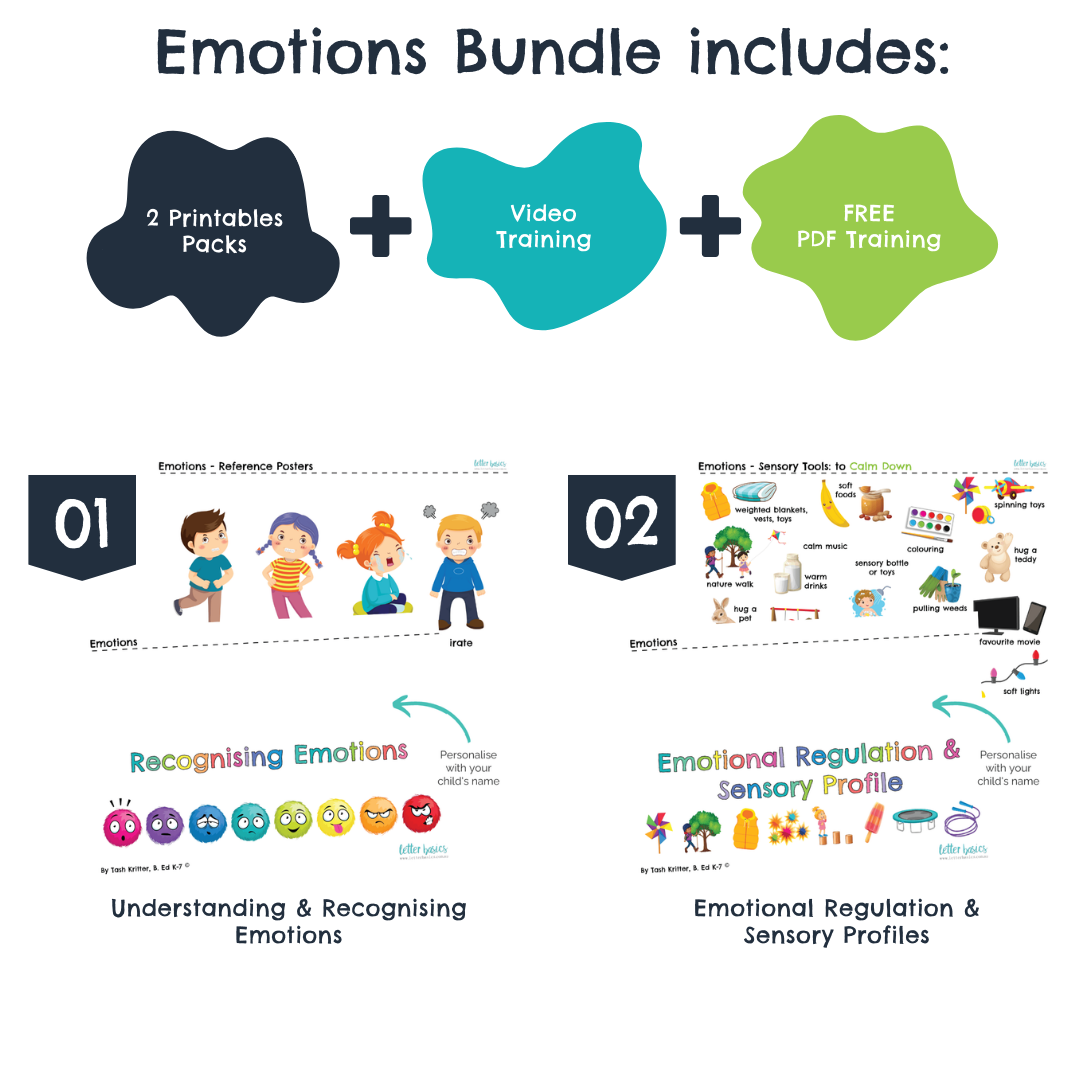
Sensory Tools to Get Going
Sensory & Emotional Regulation – Sensory Tools to Get Going
Things that may help you to get going or to ‘wake up’ like getting your coffee first thing in the morning and sitting for 5 mins before facing the day.
If you or your kids find it extra hard to get going
- after waking up
- after lunch
- and/or at ‘arsenic hour’ (that gap between after school activities and bedtime)
then try some of these…
Sensory Tools & Strategies to Get Going:
- crunchy foods
- coffee
- cold foods
- chewy foods
- cold drinks
- cool shower
- walk in the rain
- play in the snow
- sweet foods
- exercise/stretching
- bright lights
- upbeat music
- play
- technology
- hugs
- playing with a pet
- hanging out with friends
Things to consider:
- There’s no right, wrong or one size fits all when it comes to our sensory profiles.
- Which activities resonate with you?
- Which activities do you do/use daily to ‘wake up’ without even perceiving them as ‘sensory tools’?
- Which activities clash between you and your kids?
- What do you need to add more of into your day to keep you better regulated?
Learn more about sensory tools and profiles and how they help keep us calm and well regulated
Find this printable in Little Wooden Toybox’s Sensory & Emotional Regulation Pack
Autism Parenting Podcast:
Join Tash as she talks about day-to-day life with Autism; the sucky bits and the wins, plus tips for enjoying life despite the challenges.
Sensory and Emotional Regulation Pack
47 pages | Digital Download | $19AU
✅ stay calm & well regulated
✅ get organised
✅ gain independence
✅ make home life calmer and happier 💖
Training Bites Library:
Advocating for kids who see, process and experience the world differently with ‘bite size’ pieces of information to help teach and understand a variety of behaviour, education and life skills topics.

